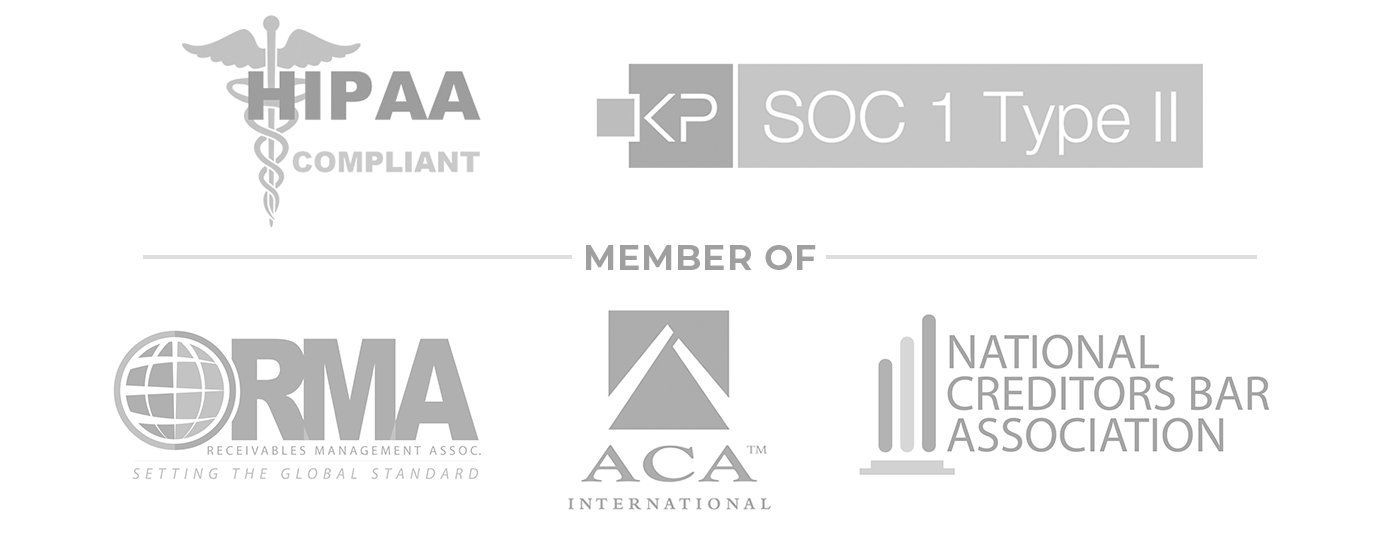Receivables portfolio litigation decisions have adapted since the start of the Covid-19 pandemic and the following onslaught of economic ramifications. As inflation rises, the ripple effects can be felt from non-prime borrowers’ wallets to creditors’ growing numbers of non-performing accounts. While there are multi-factor contributors to the changing litigation climate, the bottom line is that establishing or re-evaluating approaches to litigation and loan management strategy to re-balance risk is a wise move in anticipation of what is, and what is to come.
Housing Market & Consumer Liquidity
Consumer liquidity saw a massive impact in 2022 as the housing market experienced rising inflation and interest rates ticked up throughout the year. Mortgage balances—the largest component of household debt—climbed $207 billion and stood at $11.39 trillion as of June 30. As some higher cost-of-living regions lost residents and workers to relocation, other regions spiked in demand and suffered in supply. Many sellers capitalized on the market and were able to reduce household debt, with more liquidity than ever, while non-prime and lower-income consumers conversely faced rising rents and high buyer competition (particularly with home renovation/rental market investors whose focus is largely on the same market as first-time homeowners and lower-income buyers) while attempting to enter the housing market.
Effects of Inflation Pressure
With the conclusion of stimulus checks in 2022, the pressure of inflation has been particularly strong in the day-to-day lives and budgets of non-prime and lower-income consumers. More borrowing is happening in 2022, and so are more delinquencies. The trend has not yet slowed; experts predict record-high charge-offs perpetuating compensatory record-high interest rates along with increases by the Federal Reserve to combat inflation’s swell. A trend of decreased savings margins caused by pandemic-related joblessness followed immediately by rising cost-of-living has resulted in a common lack in overall consumer liquidity.
Stagnating Portfolios
Higher interest rates will compound the pressure for the segment of the market that typically composes post-charge-off lender inventory. Increasing debt will intersect with decreasing assets and ability to pay as inventories pile up. According to the Quarterly Report on Household Debt and Credit from the New York Fed’s Center for Microeconomic Data, “auto loan balances increased by $33 billion in the second quarter [of 2022], continuing the upward trajectory that has been in place since 2011…Other balances, which include retail cards and other consumer loans, increased by a robust $25 billion.” This all leads to higher rollover rates, increased need for collections and debt sales, and larger stagnating portfolios of difficult-to-collect inventory for the consumer loan space in general.
Analytics-Driven Statute Protection
Analytics and organized statute-protection will become more critical to ensure a strong legal strategy to complement traditional voluntary payment approaches and create a level of stability in recoveries. Sellers, particularly of non-prime inventories, will be prudent to consider liquidating or outsourcing charge-offs to ease servicing requirements and hedge against uncertainty in consumer behavior. Strong partnerships with purchasers and service providers that are well-established in legal strategy and analytics will be critical for sustainability and loss mitigation.
Long Tail Investment Protection
The process from placement to results can be a long one, taking months or even years, and requires the right moves on the right accounts. A one-size-fits-all model generally won’t work. Analytics-driven decisions, audit and compliance oversight, proactive course correction, and routine KPI measurements are critical to success. Our proprietary Pro-Score data model helps us to ensure the best distribution and direction for each account in our care so that the right channels are being engaged for the right accounts. With the ability to align client needs with specific network participants, we are meaningfully engaged end-to-end with comprehensive compliance oversight and performance management. Harvest Strategy Group understands the art of strategically driving long tail investments for optimized returns, protecting creditors and consumers alike in a challenging environment. Request more information here.
About Harvest Strategy Group
Harvest Strategy Group provides single-point-of-contact, nationwide recovery management services for banks, finance companies, debt buyers, and credit unions. The company fosters an entrepreneurial environment and encourages its staff to challenge boundaries, think outside the box, and feel a sense of ownership and accountability for results. Harvest’s mission is to lead the accounts receivable management industry through strength in partnerships, exceptional service, and the delivery of superior results. Harvest Strategy Group Inc. is located in Denver, CO.

